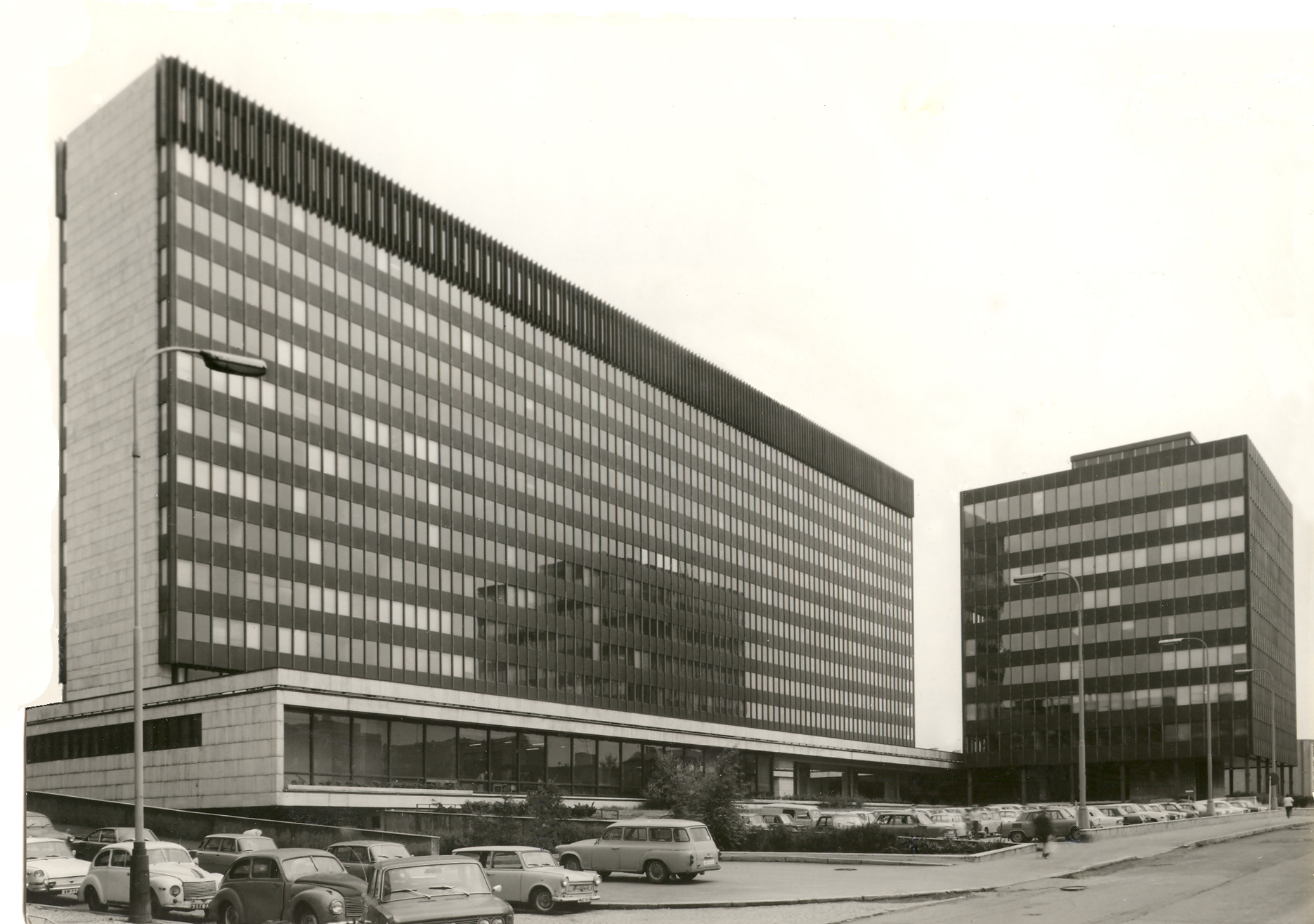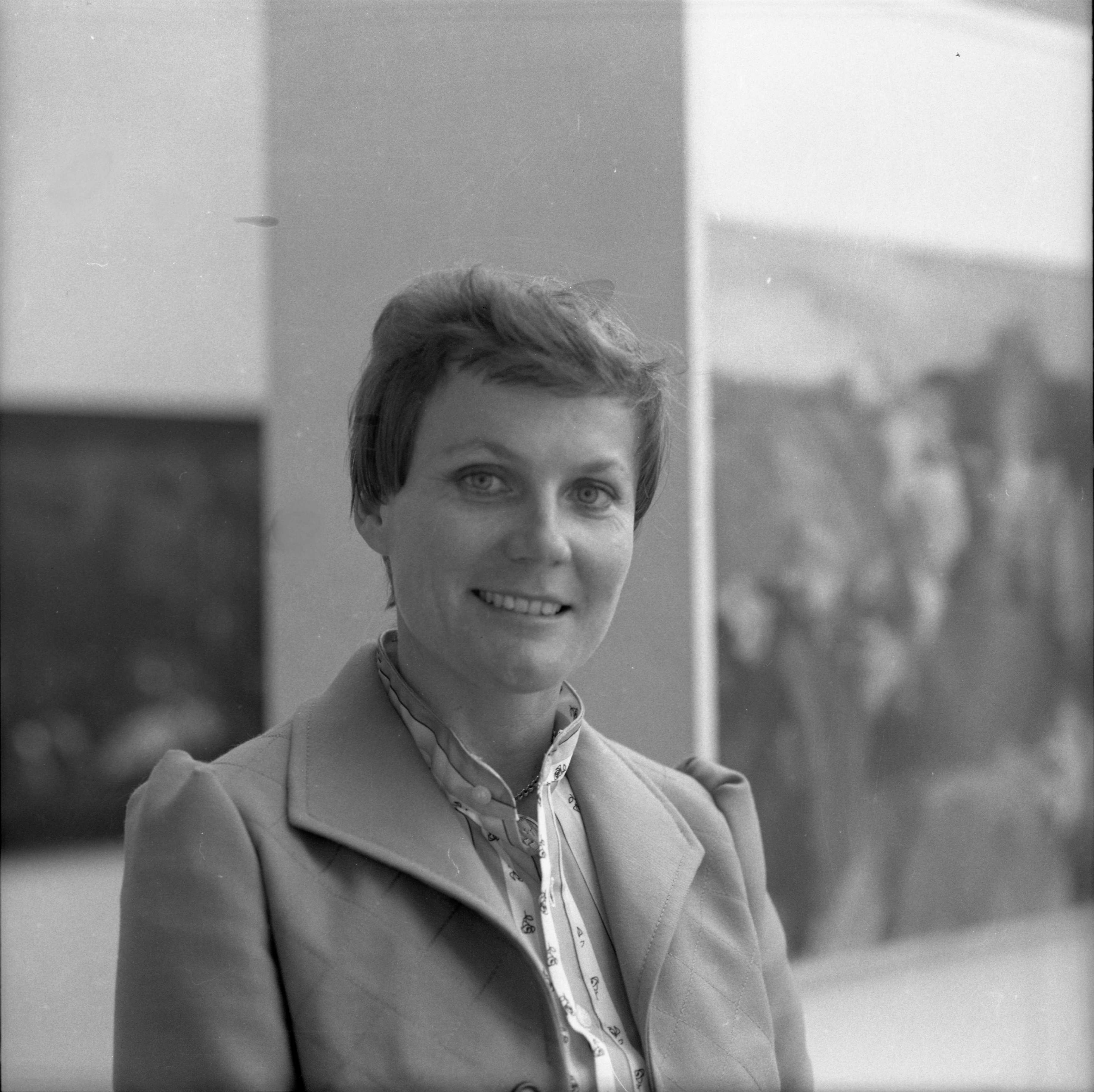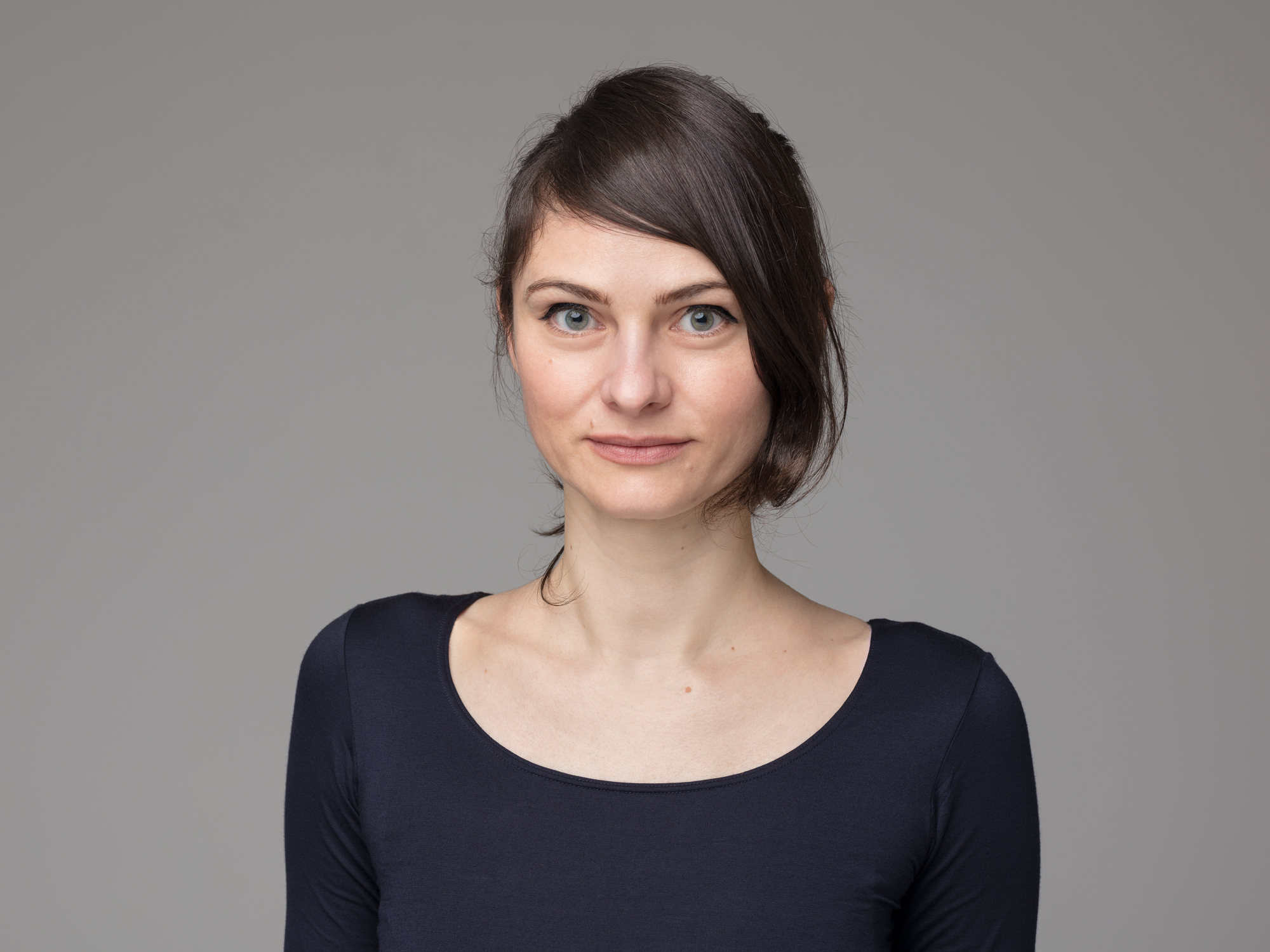Demolishing Complicated Histories: Chemapol, Architecture and Agribusiness I.
Excursion and architectural guided tour with Helena Huber-Doudová and Zdenka Nováková

The administration building of Chemapol, from the archive of Zdenka Marie Nováková
Language accessibility: Czech
Free entrance
Register here
In the first part of the afternoon event Demolishing Complicated Histories, we will visit the Chemapol-Investa office building (its atrium and exterior), guided by Zdenka Nováková, the architect who designed it, and Helena Huber-Doudová, the curator of National Gallery’s Architecture Collection. Please note that we will not be entering the building during the tour.
An outstanding example of monumental architecture and socialist modernism, the Chemapol building is set to be demolished in the near future, despite protests and petitions against it. The structure is part of the architectural and cultural heritage of socialism, which is increasingly threatened by utilitarian approaches to urban planning, which aim to satisfy the current housing construction boom in Prague. Concern over the fate of these buildings from the socialist era and the value they represent – but also their complicated histories – has sparked heated debates. The excursion will be a unique opportunity to visit the building with its architect and to gain insight into her vision when designing it as well as how she sees it from today’s perspective.
The excursion will be followed by a conversation in Petrohradská kolektiv with Karel Machovec and Kateřina Pazderů.
Chemapol-Investa office building, Zdenka Nováková / Dagmar Šestáková, 1966–1970
One of Nováková’s fundamental works is the Chemapol-Investa office building. The complex was built as a “palace in a garden with a terraced ground floor solution.” The most striking feature is the twelve-story slab building, with two smaller volumes attached to the north and south. All parts are connected by a low horizontal base, with representative spaces accessible from street level. Nováková also used artworks in the project – both monumental ones created specifically for the particular spaces (atrium, foyer, ground floor level) and a curated selection of works selected from the existing portfolios of contemporary Czech artists.
Zdenka Nováková has worked as an architect, a teacher, and a theoretician. At the age of 24, she and her colleague Dagmar Šestáková won a competition to design a large-scale office building for the Chemapol-Investa Foreign Trade Enterprise. Nováková later became the first female associate professor at the Academy of Fine Arts in Prague. She is closely connected with art, both in designing exhibitions (e.g., the award-winning installation in the interior of a relocated church in the town of Most) and through her paintings.
Mgr. et Mgr. Helena Huber-Doudová, Ph.D. is the curator of the Architecture Collection of the National Gallery Prague. She completed her PhD studies in art history at the University of Zürich. She is the NGP’s principal investigator for the Czech Science Foundation research project Women in Architecture after 1945 in the Czech Republic. The exhibitions she has curated include No Demolitions! Forms of Brutalism in Prague (NGP, 2020) and 1956–1989: Architecture for All. Lifestyle – The Everyday – Media (NGP, 2022). She published the books Shared Cities Atlas: Post-Socialist Cities and Active Citizenship in Central Europe (Rotterdam, 2019) and Modern Woman – Architect: Projection and Reality in Central Europe since 1900 (Prague, 2021).
B/W portrait of Zdenka Marie Nováková at the Academy of Fine Arts Prague, from the author's archive
Portrait of Helena Huber-Doudová by Katarína Hudačinová

